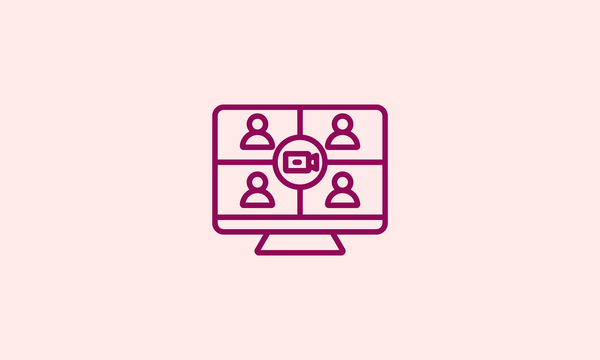
Webinar: How Does the Federal Budget Approach Digital Nation-Building?


Christina Lanning
March 9, 2021
The Code for Canada fellowship program is no longer active. To learn more, visit our fellowship yearbook.
In November 2020, our fellowship team (comprised of a product manager, Heshan Modaragamage; a developer, Korhan Akcura; and a UX designer, me) started work on supporting the development of a more member centric transition experience for Canadian Armed Forces members. To learn more about the fellowship and our project, please visit my colleague Heshan Modaragamage’s blog post. To learn more about how I developed the mindsets, please see part 2 of this blog: Hello mindsets! A new way to understand your users.
Every user centred product and design starts with understanding the plight of users. At the Canadian Armed Forces Transition Group (CAF TG), our users are members transitioning out of the military back to civilian life.
When I first started to think about who we were creating a product for during our time at the CAF TG, I started by creating proto-personas. Creating proto-personas is a very common step in product design: they are a hypothesis, meant to help you identify and empathize with who you’re designing a product for and why, based on initial research and assumptions; they include details such as demographics, goals and product related behaviours. However, I ran into a common problem: too many personas—colleagues at the CAF TG provided me with 22 profiles of regular and reserve CAF members that they had already identified.
Best practice in product design is to identify a few primary and secondary users, not to try to design a product for everyone. I struggled through trying to create updated proto-personas based on our discovery to consolidate and prioritize our users, but I quickly realized the following challenges:
To understand who we are building for, my team needed a tool that is more inclusive, and which allowed for overlap of needs and behaviours, as well as changing human emotions and abilities.
Eman El-Fayomi, Head of Design at the Canadian Digital Service (CDS), introduced me to mindsets when I was describing some of my challenges with personas for this project. The CDS in general has moved away from personas, in favour of mindsets for a number of reasons. And after my experience with mindsets, I can understand why.
Mindset Segmentations are broad enough to identify behavioural tendencies without prescribing personas with a name, age, gender or any other fixed demographic. Rather, the audience is split into four archetypes which are based on contrasting emotional needs and wants.- Esther Nitafan

As mindsets are not yet widely adopted or understood, I recommend taking the time with partners to explain how mindsets are created, how and why mindsets can be used and their benefits over personas for particular projects. By taking this approach, it helped my team to be successful in gaining buy-in and support for their adoption at the CAF TG.
Mindsets may not work for every project; however, they are a tool that I know I will reach for again and again in the future to better understand and empathize with users for which I am designing.
To learn more about how I developed the mindsets for CAF TG, see part 2 of this blog: Hello mindsets! A new way to understand your users.
A big thank you to Eman El-Fayomi! Eman first introduced me to mindsets and provided me with the initial template used by the Canadian Digital Service, as well as the inspiration and guidance to help me get started.
You're here to help residents, and we're here to help you. Interested in how to bring digital tools and skills into your government department? No matter where you are on your digital government journey, learn more about how Code for Canada can support your work.
End of articles list